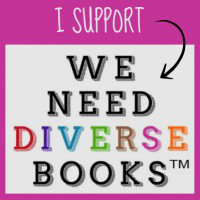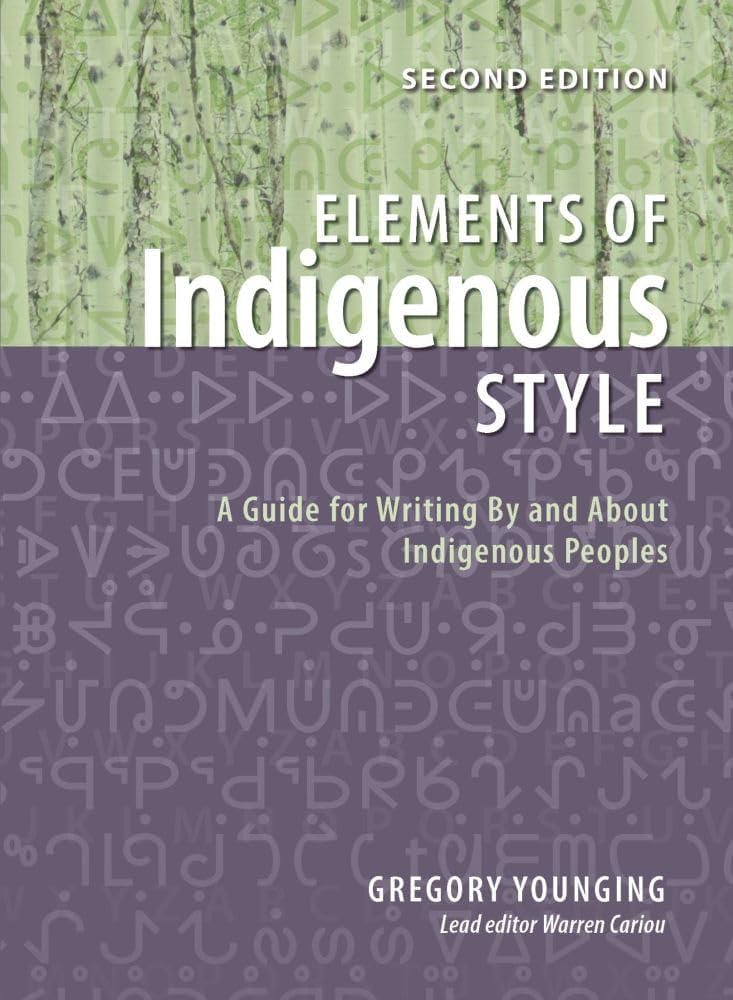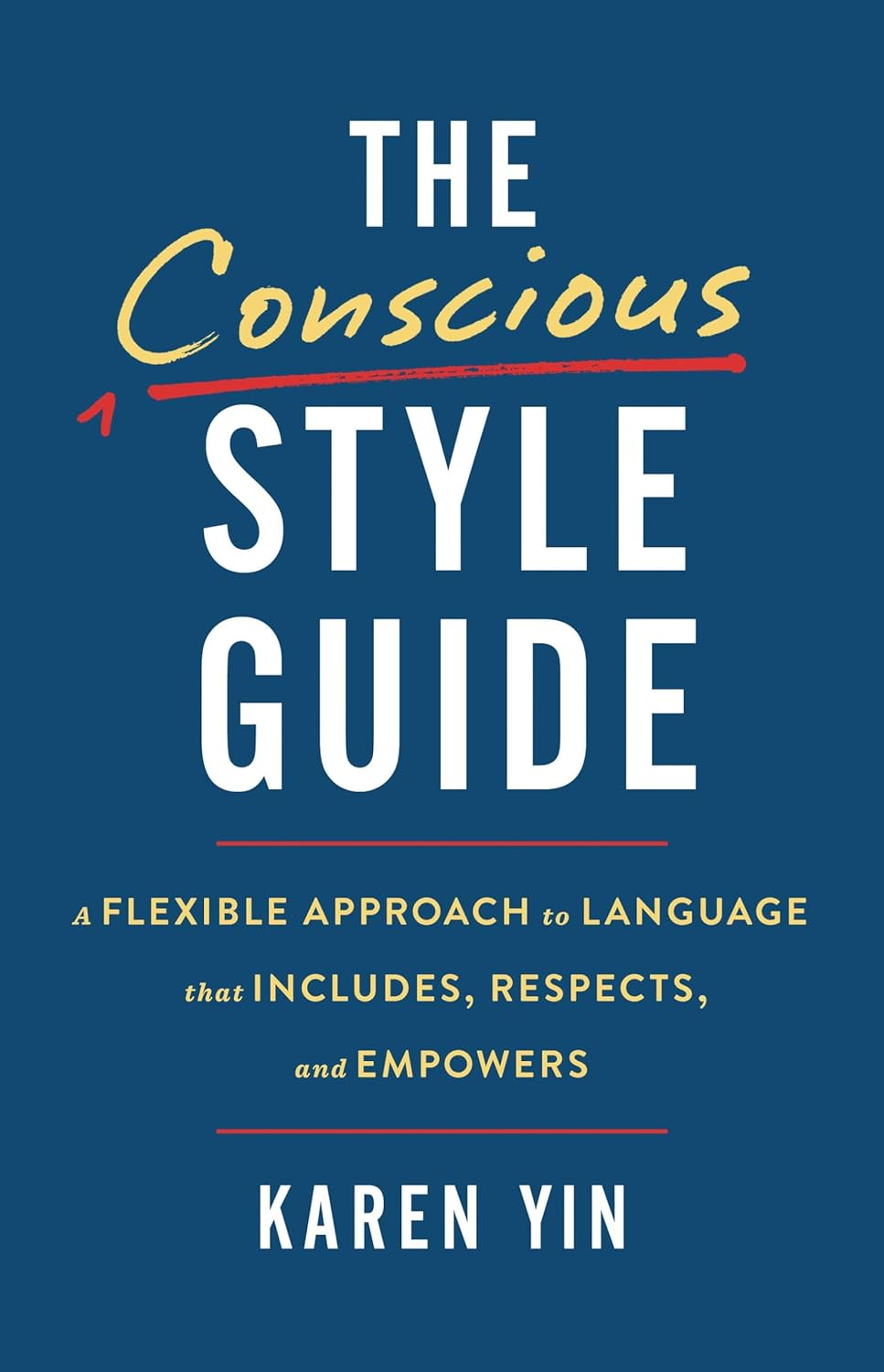There are many editing and plain language conferences planned this year.
Reflecting the world we live in
 At the beginning of May, I donned my children’s book author hat and attended the Society of Children’s Book Writers and Illustrators’ Marvellous Midwest conference in Chicago.
At the beginning of May, I donned my children’s book author hat and attended the Society of Children’s Book Writers and Illustrators’ Marvellous Midwest conference in Chicago.
I attended many informative sessions, but particularly thought-provoking was a panel discussion titled “360-Degree View of the World We Live In.” The panellists spoke about diversity in children’s book publishing and the need for more diversity—in both content and creators—in children’s literature.
The panellists confirmed for me that if we are to have any hope of achieving a society with all people and all identities valued and celebrated, then children need to grow up seeing themselves and our multicultural society represented in the books read to them and the books they read.
The Cooperative Children’s Book Center (CCBC) at the University of Wisconsin-Madison began collecting statistics about diversity in children’s books in 2002. From then to 2013, of the 2,800 to 3,650 children’s books CCBC receives annually from Canadian and American publishers, only 5 to 7 percent were written or illustrated by people of colour and Indigenous people.
In 2014, frustrated by a decidedly un-diverse children’s author panel assembled for a BookCon event in New York, a group of authors, bloggers, and others in the kidlit world formed We Need Diverse Books. This non-profit organization aims to put more books featuring diverse characters into the hands of all children.
The movement for greater diversity in children’s literature has been gaining momentum, and results. In 2014, the CCBC percentage began to edge upward, slowly but, over the next four years, consistently. By 2018, 21 percent of children’s books had an author or illustrator who identified as a person of colour or Indigenous.
This progress is encouraging, but the details show that the industry still falls short of reflecting the multicultural society we live in. The number that screamed at me is this one: 38. Just 38 of 3,644 children’s books received by CCBC in 2018—that’s 1 percent—were written or illustrated by an Indigenous person.
Dismayed by this statistic, I resolved to do my small part by buying, requesting at the library, reading, and sharing books created by all diverse authors and illustrators.
As I thought about what more I could do to support diverse books, I heard the sad news of Greg Younging’s passing. A dedicated advocate for and publisher of Indigenous voices, Younging had long been putting into practice the message of We Need Diverse Books.
A year and a half ago, in October 2017, I attended a seminar in which Younging introduced his book Elements of Indigenous Style: A Guide for Writing By and About Indigenous Peoples. Younging drew on his wealth of knowledge as publisher of Theytus Books, a press devoted to publishing Indigenous voices, to prepare what he hoped would be the first of many editions of a style guide focused on writing with sensitivity and respect for Indigenous experiences and cultures.
Immediately after the seminar, I ordered a copy of the book and read it cover to cover. Not only did I appreciate the guidance on terminology and editorial issues, which I now use in my editing work, but I also learned a great deal of history, and I continue to learn from others’ responses to the book.
As I sat in that conference room in Chicago, thinking about diversity and the fleeting nature of life, I realized that continuing to take guidance from Elements of Indigenous Style and telling others about this resource are also ways in which I can support We Need Diverse Books. And not just for children’s books, but for books inviting readers of any age.



